The fantasy genre is like a giant oak with many roots, each one a sub genre. Sometimes they overlap, fuse together and spawn new sub genres of their own. Keeping up with the experimentations of fantasy writers isn’t easy. And that’s why I put together this comprehensive guide.
Below, we take a look at the definition of the fantasy genre before diving into its many subgenres. In particular you’ll find:
-
- A breakdown of the subgenres of fantasy
- A comprehensive list of fantasy sub genres
- Examples of books from different fantasy subgenres
What Is The Fantasy Genre?
Falling under speculative fiction, the fantasy genre is recognised for its fictional worlds and universes.
Rooted in mythology, folklore, and the fantastical, fantasy stories transport audiences to worlds where magic, mythical creatures, and extraordinary phenomena are not only possible but integral to the narrative. The genre allows for the exploration of the extraordinary, the magical, and the otherworldly, providing an escape from reality while often addressing universal themes.
Fantasy works can take various forms, including novels, short stories, films, television shows, audiobooks, and visual arts. Notable examples of the fantasy genre span centuries, from ancient myths and legends to contemporary works like Game of Thrones and Lord Of The Rings that continue to captivate audiences worldwide.
Key Elements of the Fantasy Genre
There are some key elements that we often see in fantasy stories and which have helped to define it over time. Here’s a breakdown:
- World building – Fantasy often involves the creation of intricate and immersive fictional worlds with unique cultures, histories, and magical systems.
- Magic and Supernatural Forces – Magic is a central element of many fantasy stories. This can include wizards, spells, magical artifacts, and other supernatural phenomena.
- Mythical Creatures – Fantasy introduces a wide array of mythical creatures, such as dragons, elves, dwarves, and more, each contributing to the richness of the imaginary worlds.
- Epic Quests and Adventures – Many fantasy narratives revolve around epic quests or journeys undertaken by protagonists to fulfill a significant destiny or overcome great challenges.
- Good vs. Evil – The struggle between forces of good and evil is a common theme in fantasy, often personified by heroic and villainous characters.
- Hero’s Journey – Influenced by Joseph Campbell’s concept of the hero’s journey, fantasy often follows a protagonist’s transformative adventure, complete with trials, mentors, and self-discovery.
Why Do You Need To Know The Subgenres Of Fantasy?
As a writer, it’s important to identify your subgenre. For one, you can better target your readers, and two, it helps you aim more precisely at publishers and agents.
Not only that, it’ll help you make useful comparisons to other, well-known authors and books in that subgenre which may, with luck, help you sell more.
How Many Subgenres Of Fantasy Are There?
The fantasy genre falls under speculative fiction. Traditionally, fantasy stories are set in a fictional world, often inspired by real-life folklore and myths.
There are over 50 fantasy sub genres and the list keeps on growing as brilliant writers experiment, fusing genres and subgenres together.
A List Of The Sub Genres Of Fantasy
As mentioned above, new fantasy sub genres are appearing all of the time. Here’s an up to date list:
- High Fantasy
- Epic Fantasy
- Low Fantasy
- Urban Fantasy
- Historical Fantasy
- Steampunk
- Sword and Sorcery
- Dark Fantasy / Grimdark
- Comic Fantasy
- Portal Fantasy
- Fairytale Retellings
- Magical Realism
- Science Fantasy
- Mythic Fantasy
- Heroic Fantasy
- Romantic Fantasy
- Paranormal Fantasy
- Contemporary Fantasy
- Supernatural Thriller
- Weird Fiction
- New Weird
- Christian Fantasy
- Asian Fantasy
- African Fantasy
- Indigenous Fantasy
- Military Fantasy
- Dystopian Fantasy
- Quest Fantasy
- Fairy Punk
- Gaslamp Fantasy
- Mythpunk
- Medieval Fantasy
- Renaissance Fantasy
- Space Fantasy
- Fairy Tale Fantasy
- Folklore Fantasy
- Arthurian Fantasy
- Epic Mythology Fantasy
- Religious Fantasy
- Nautical Fantasy
- Jungle Fantasy
- Icepunk
- Desert Fantasy
- Arctic Fantasy
- Prehistoric Fantasy
- Children’s Fantasy
- Young Adult Fantasy
- Adult Fantasy
- Romantic Fantasy
- Mythological Fantasy
- Folk Horror Fantasy
High Fantasy
A close relation of Epic Fantasy, High Fantasy encapsulates a tale set in a rich and unique world where magic exists with clearly defined rules. No drugs involved, sorry. It’s arguably what most people think of when they hear the term ‘fantasy’. Lord of the Rings and such. Plots tend to be complex, characters go on journeys not just physically but mentally too.
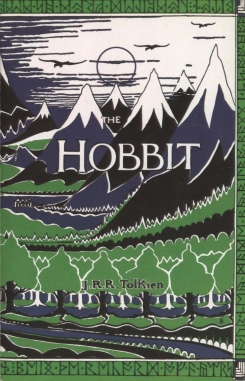
This -subgenre has probably influenced every fantasy writer in one way or another, some deciding to go in a different direction, others extracting elements of it and using it in their own way.
Coming of Age, Epic, Sword and Sorcery, Heroic, and many more sub-genres are all linked to High Fantasy.
Examples
The Hobbit, J.R.R. Tolkien
The Name of the Wind, Patrick Rothfuss
The Way of Kings, Brandon Sanderson
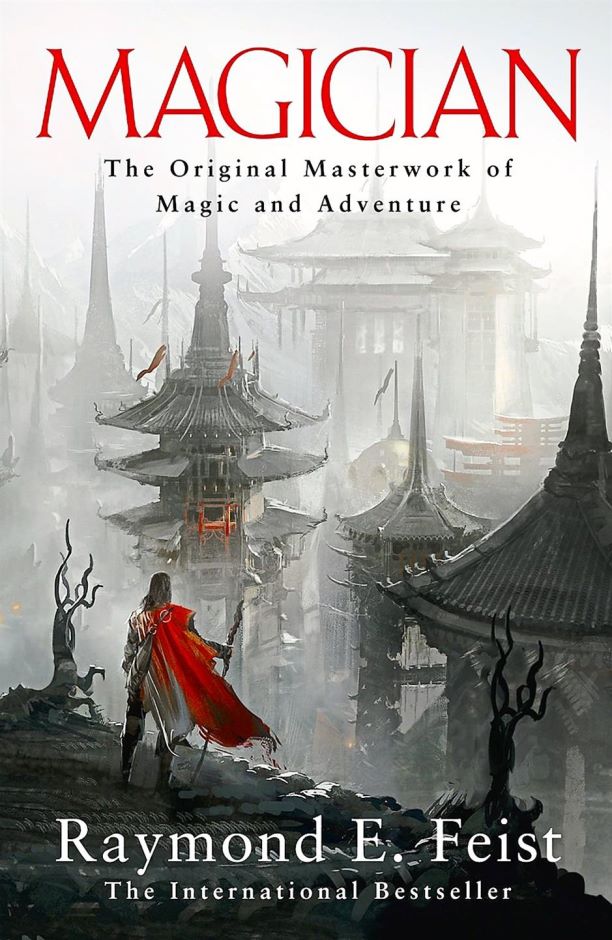
Epic Fantasy
This is perhaps one of the more popular subgenres of fantasy, involving a struggle between good and evil spanning several books or series with a significant cast of characters. Epic Fantasy encapsulates gritty, realistic tales as well as those filled with magic and creatures such as dragons, orcs, or white walkers. The distinction between this sub-genre and High Fantasy lies in the scale of the story.
Examples
The Lord of the Rings, J.R.R. Tolkien
The Riftwar Cycle, Raymond E. Feist
A Song of Ice and Fire, George R.R. Martin
Chronicles of The Raven, James Barclay
Mistborn, Brandon Sanderson
Wheel of Time, Robert Jordan
Shadows of the Apt, Adrian Tchaikovsky
Urban Fantasy
This sub-genre, the name of which is used interchangeably, takes place in real-world or present-day settings such as those in built-up areas like cities. Usually, the fantasy world is hidden amongst the normal one. It’s a broad sub-genre, but the key ingredient is magic within a real-world setting.
Examples
Fevre Dream, George R.R. Martin
Harry Potter, J.K. Rowling
Neverwhere, Neil Gaiman
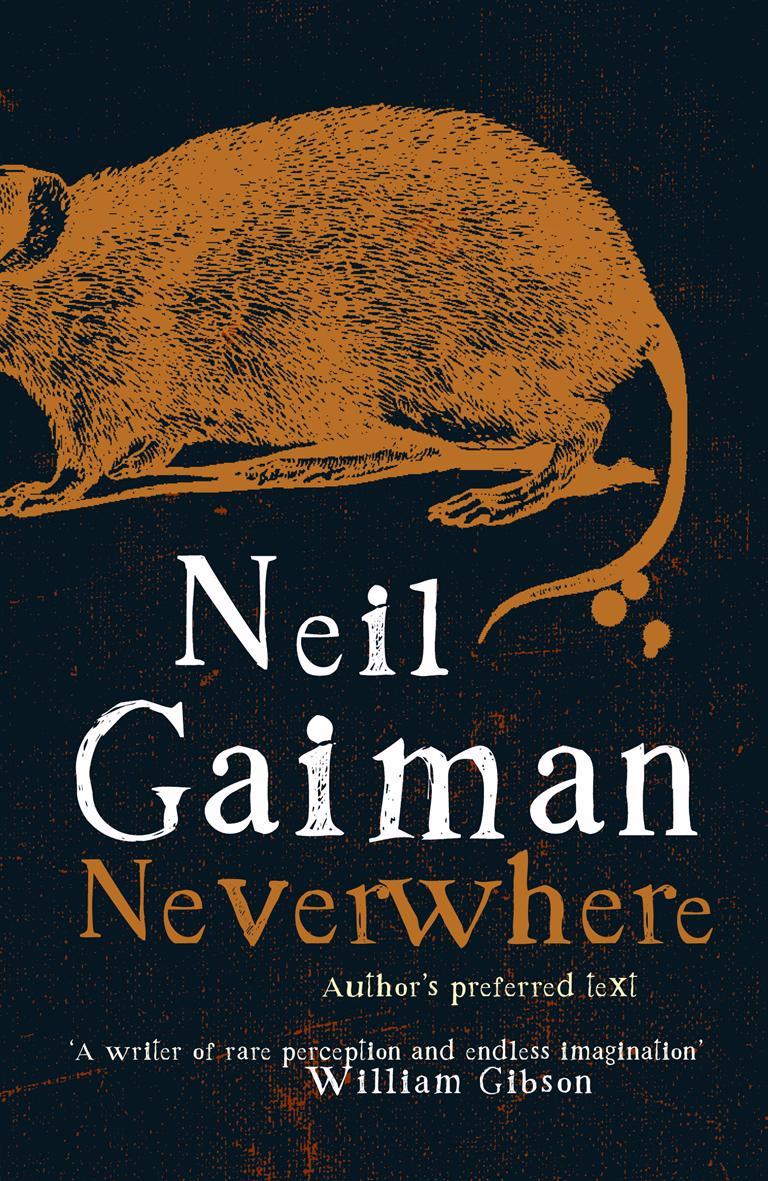
Low Fantasy
The opposite of High Fantasy, though its title is no reflection on its standing. It involves a real-world setting with magical or supernatural features, like contemporary fantasy. Stories tend to involve a character who discovers this secret, magical world.
There is less emphasis on the traditional High Fantasy features. In some cases, magic does not even exist. Low Fantasy stories tend to be grittier with more focus on characters than the world.
The themes explored include social and political upheaval, questionable morals, and flaws in human nature. It’s one of the subgenres of fantasy that’s growing in popularity.
Examples
Harry Potter, J.K. Rowling
Neverwhere, Neil Gaiman
Twilight, Stephanie Meyer
Sword and Sorcery
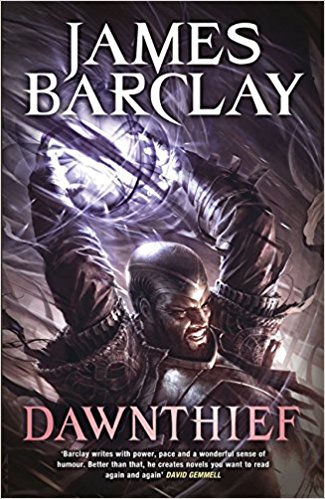
This subgenre has its roots in High Fantasy. They tend to involve competent heroes who cut and blast their way to glorious victory. They’re linked because in the classic hero’s tale swords and sorcery tend to feature.
Examples
Chronicles of The Raven, James Barclay
The Lord of the Rings, J.R.R. Tolkien
The Riftwar Cycle, Raymond E. Feist
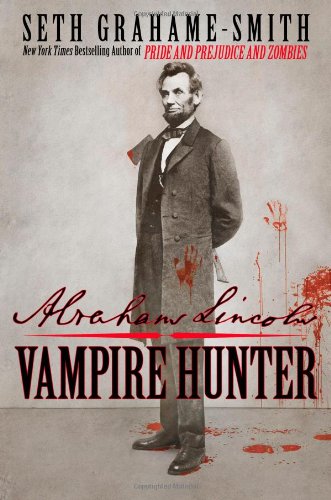
Horror Fantasy
Stories of this type tend to be set in our own world, though with fantastical twists. They can also be set in other worlds which share similarities to our own. There tends to be a balance between realism and fantasy. Plots are complex and the levels of violence are pretty high. Related genres include Steampunk, Alternate History Fantasy, and Celtic Fantasy. One of the most popular subgenres of fantasy.
Examples
Abraham Lincoln Vampire Hunter, Seth Grahame-Smith
Jonathan Strange & Mr Norrell, Susanna Clarke
The Falconer, Elizabeth May
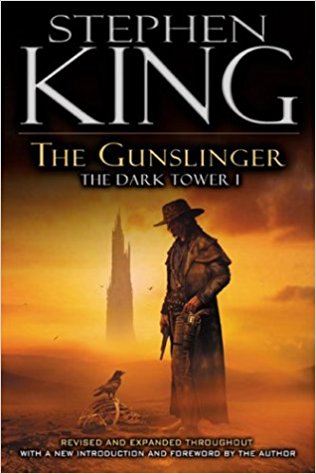
Dark Fantasy
Horror and Dark Fantasy are terms used interchangeably to refer to this sub-genre, though dedicated fans can distinguish between the two (I won’t go into the differences now). Dark Fantasy tends to focus on creating a creepy, intense atmosphere. It can feature fantastical creatures like werewolves, or supernatural elements too.
Examples
The Dark Tower, Stephen King
Coraline, Neil Gaiman
The Black Company, Glen Cook
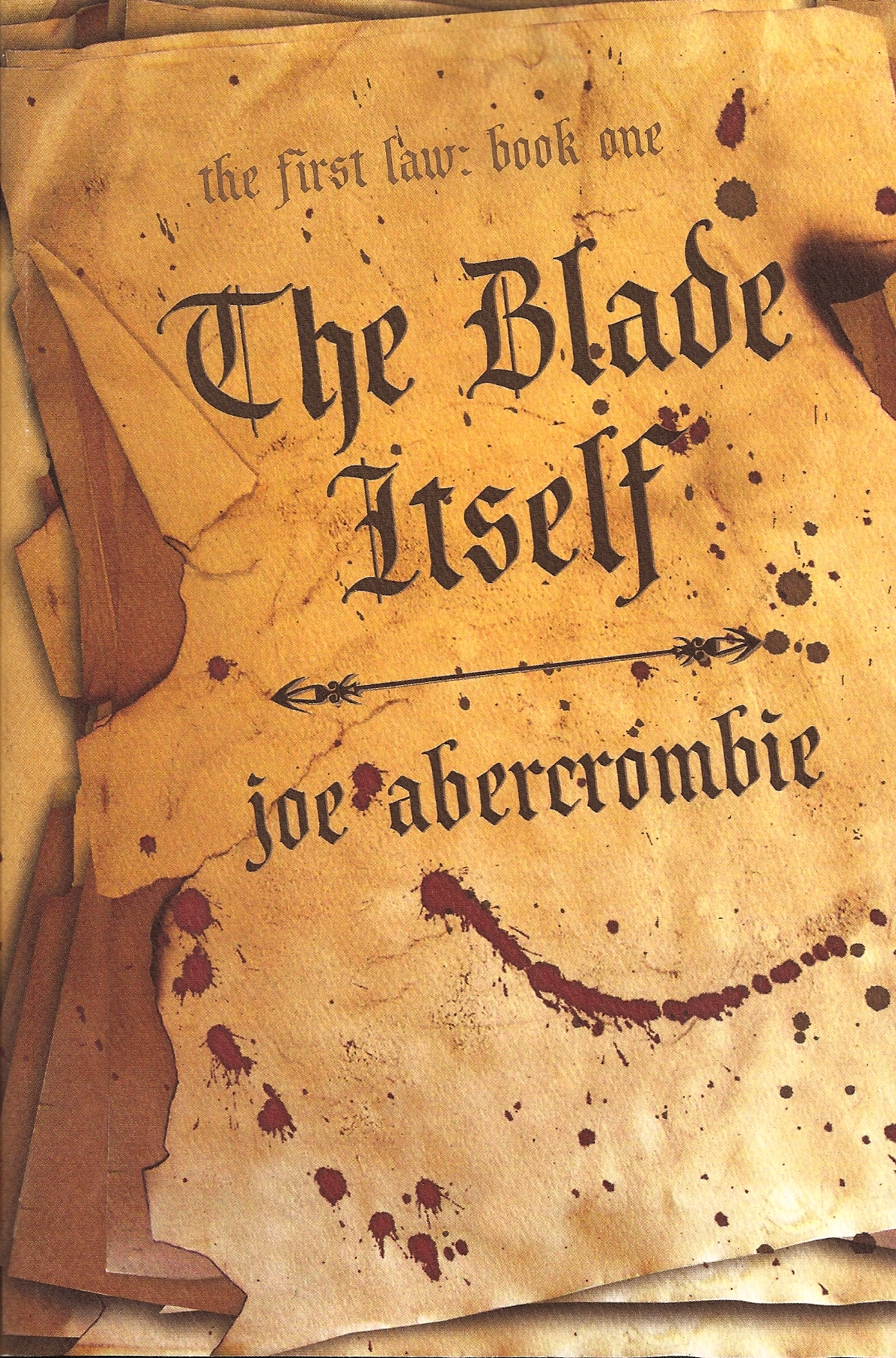
Grimdark
Grimdark has its roots in High Fantasy, though takes a different path. Featured characters may be anti-heroes or have moral flaws, with the setting being quite grim and gritty, hence the name.
In recent years, Grimdark has cemented itself as a fan favourite amongst the subgenres of fantasy.
Examples
A Song of Ice and Fire, George R.R. Martin
The Lies of Locke Lamora, Scott Lynch
The Blade Itself, Joe Abercrombie
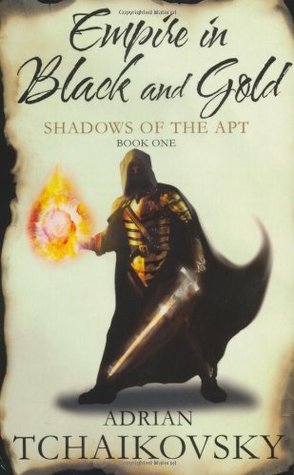
Steampunk
One of the key characteristics of Steampunk is Victorian-era technologies, such as steam-powered machinery and equipment. Settings range from Victorian England to made-up worlds and the American Wild West. Victorian-era fashions tend to feature in these stories. It does not tend to feature much magic, though a few stories do include it. The detail in such stories tends to be quite high, which is one of the reasons why it’s so popular.
Examples
The Anubis Gates, Tim Powers
Perdido Street Station, China Miéville
Shadows of the Apt, Adrian Tchaikovsky

Science Fantasy
This sub-genres sees something of a fusion between Sci-Fi and Fantasy. Technology tends to feature heavily, as does magic. The biggest difference between Sci-Fi and Science Fantasy is the lack of an obligation on the latter to set out the laws of the world according to science. Settings can be real-world or another world.
Examples
The Stone Sky, N. K. Jemisin
Lord of Light, Roger Zelazny
Outlander, Diana Gabaldon
What’s apparent from this non-exhaustive list is that Fantasy is more of an umbrella term for a whole host of subgenres, just like the term Speculative Fiction encapsulates Fantasy, Sci-Fi, Horror etc. The Fantasy genre is huge! Bigger than any other, I’d say. And it’s expanding all the time, which just goes to show how much of a vibrant and popular genre it is. It also shows it’s a genre constantly evolving. What could the next sub-genre be?
Learn More About The Subgenres Of Fantasy
I said at the beginning that the list above is non-exhaustive. You might be reading this thinking your story fits into none of these. Well, there may be other fantasy subgenres or sub-sub-genres which better define it. Checking out some of these other guides may help you out:
A guide to fantasy worldbuilding
A list of 200+ fantasy magazines and journals
A list of fantasy writing groups
FAQs On The Fantasy Genre And Sub Genres
Here are answers to some frequently asked questions on the fantasy genre and its sub genres.
What defines the fantasy genre?
The fantasy genre is often defined as having a magical or supernatural element that does not occur in our own world.
What are the characteristics of the fantasy genre?
What subgenre of fantasy is Harry Potter?
Are fairy tales a subgenre of fantasy?
Yes, a fairy tale is a type of fantasy subgenre. An example would be Cinderella, a story that falls under the genre of fantasy. Generally, fairy tales always fall under the fantasy genre due to their magical elements.
What are examples of fantasy subgenres?
Examples include low fantasy, high fantasy, epic fantasy, sword and sorcery, grimdark, uplit, heroic, science fantasy and dark fantasy.
Is Star Wars high fantasy?
Star Wars is, in fact, classed as science fantasy or space fantasy. Although there are advanced technologies that would fall under science fiction, the nature of the Force is very much magical.
Is Harry Potter a fairytale?
Is Discworld high fantasy?
If you have any questions at all about the subgenres of fantasy, please contact me.
- 5 Tips to Help Your Child Learn and Succeed at Primary School - February 26, 2024
- The Advantages Of Using An AI Essay Typer Alternative - February 14, 2024
- Advice On Getting Help With Your Homework - January 26, 2024
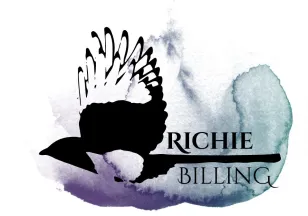

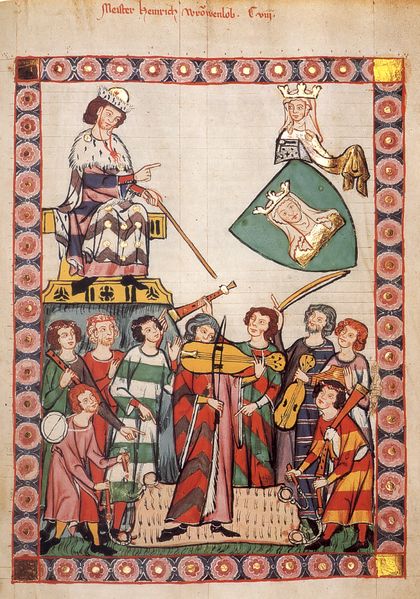
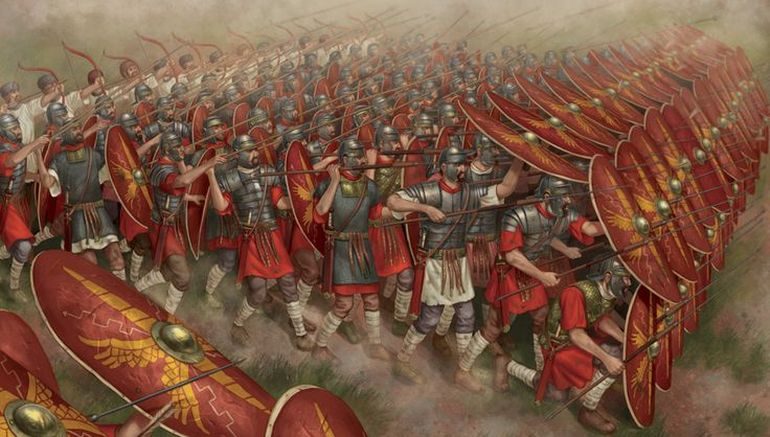
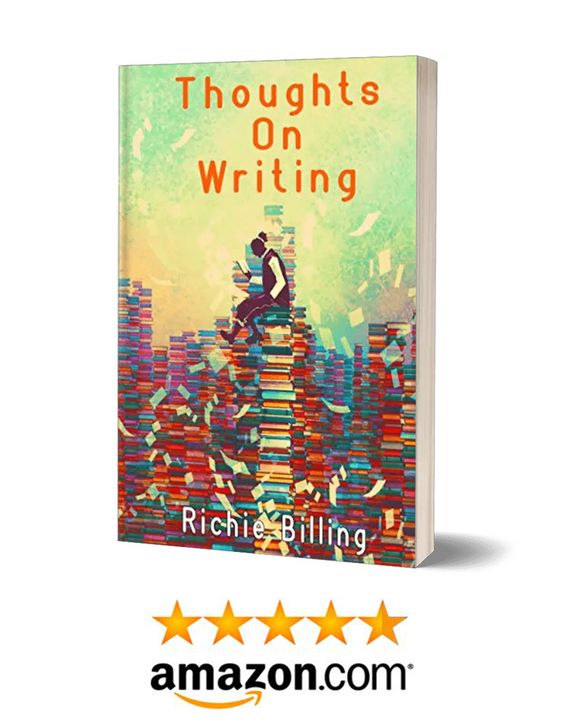
Love this post!
Thank you, Laci! Comments like that make it all worthwhile
You are welcome! It is a great read.
Thanks again. There’s plenty of other stuff to cast your gaze over too. What kind of article do you enjoy most?
I’ll defiantly read over more of your stuff! I really like reading about books and photography.
Thank you! Of course let me know what you think. I have a few short stories you can read for free on my short stories page. If you’re in a generous mood there’s one you can buy too. All the proceeds donated to charity. I see you do book reviews. I’ll be keeping a keen eye out for them!
I’ll check those out for sure and thank you for reading my book reviews.
You’re always so informative!
As are you Kayla!
Thank you for this article. I’ve also been working on narrowing down my genre to better aim at publishers and authors.
My pleasure. Thank you for reading! I think i’ll need to do that myself. Are you writing fantasy too?
Are you looking for reviewers? I’m happy to have a read if you want to send it over
I’d love to have you look at Y’keta – where do you want me to send it? (and do you know any author that is NOT looking for reviewers?)
Haha good point. Send it over to [email protected]. I’ll be as quick as I can. Reading time’s a luxury I don’t always get to enjoy
Hi Richie
Second attempt [Wordpress suddeny decided NOT to recognise my (allegedly) “too weak” password!!]
My planned series of childrens’ books (starting with “Rocking Horse Droppings” seem to fit nicely with the Fantasy genre. Do you think perhaps ALL childrens’ stories deserve to be given their own “sub-genre” classification?
Hi Richie
Second attempt [Wordpress suddenly decided NOT to recognise my (allegedly) “too weak” password!!]
My planned series of childrens’ books (starting with “Rocking Horse Droppings”) seem to fit nicely with the Fantasy genre. Do you think perhaps ALL childrens’ stories deserve to be given their own “sub-genre” classification?
There probably is one out there somewhere! If not, why not make one?
I like that you touched on that some novels cross between genres.
A lot of newer novels seem to be using bits of all types of sub-genres. I’ve just finished Empire in Black and Gold by Adrian Tchaikovsky and that was a terrific blend of steampunk, high fantasy, and epic fantasy. Experimentation is encouraged I say! What do you reckon?
Totally – a great story will rock any genre.
Reblogged this on Richie Billing and commented:
For Fantasy Friday this week, I’m revisiting an old post: The Many Sub-Genres of Fantasy.
In identifying your sub-genre you can better target your readers as well as publishers that look for that type of tale. It’ll help you make useful comparisons to other, well-known books in that sub-genre too which may, with luck, help you sell more!
Pingback: Envisioning the Unimaginable – Riding the Blimp
Thanks for sharing!
Pingback: The Essence of Science Fiction and Fantasy – Richie Billing
Pingback: How To Avoid Fantasy Tropes And Cliches | Great Tips From Readers - Richie Billing
Pingback: The Races of Fantasy: Re-use, Recycle, or Rubbish - Richie Billing
Pingback: 8 Easy Ways To Improve Your Writing Skills - Richie Billing
Pingback: On Writing: Fantasy Without Magic – Of Metal and Magic Publishing